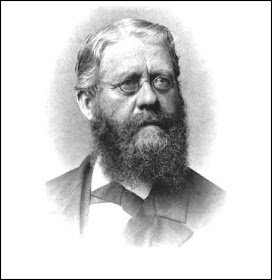 |
| Headstone of Rev. McKennan, Red Clay Creek Church |
Being right in the middle of the holiday season, it seems appropriate to do a post now about a religious figure, so I've picked the one whose name is probably most familiar to area residents -- Reverend William McKennan. He was mentioned before in the post about the McKennan-Klair House, which he occupied for over forty years, but now we'll look a bit closer at one of the most influential and long-tenured men to ever preach in Mill Creek Hundred.
William McKennan was born in 1719 in the north of Ireland of Scotch-Irish descent, much like many of his future congregants. When exactly he emigrated to America seems to be in question. Some sources cite 1730, but I'm inclined to think 1750 is more likely, since there seems to be no record of him here before then. Actually, there doesn't seem to be much information about his early life at all, until he became a Presbyterian minister sometime before May 1752. The Presbyterian Synod of Philadelphia it seems had taken responsibility for supplying pastors for churches in what must have then been frontier regions in Virginia and North Carolina, and Rev. McKennan was one of the ministers sent. He spent much of 1752 in the Shenandoah Mountain region of Virginia, near Staunton. In the spring of 1755, he spent three months in North Carolina.





































